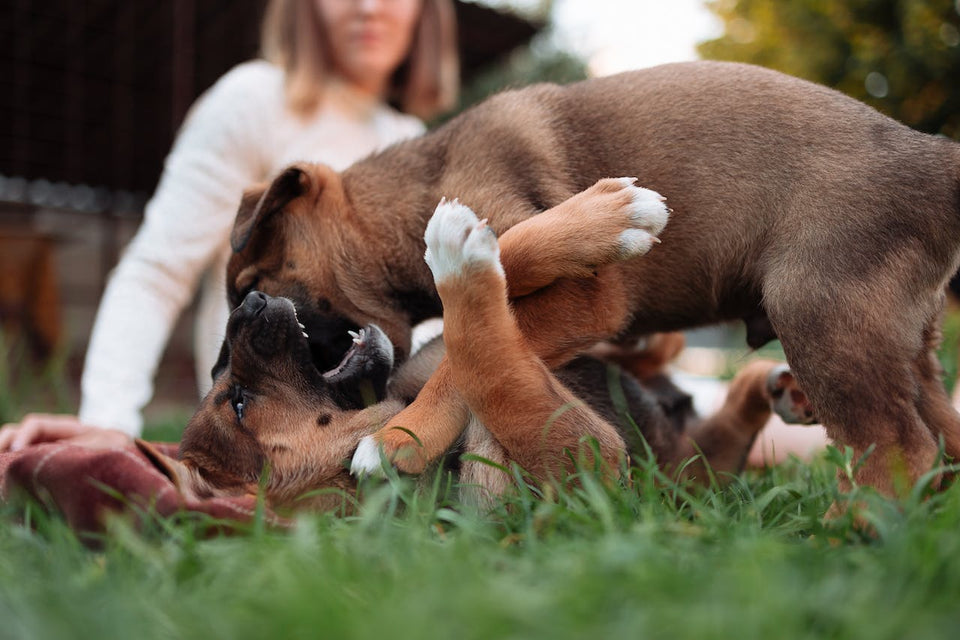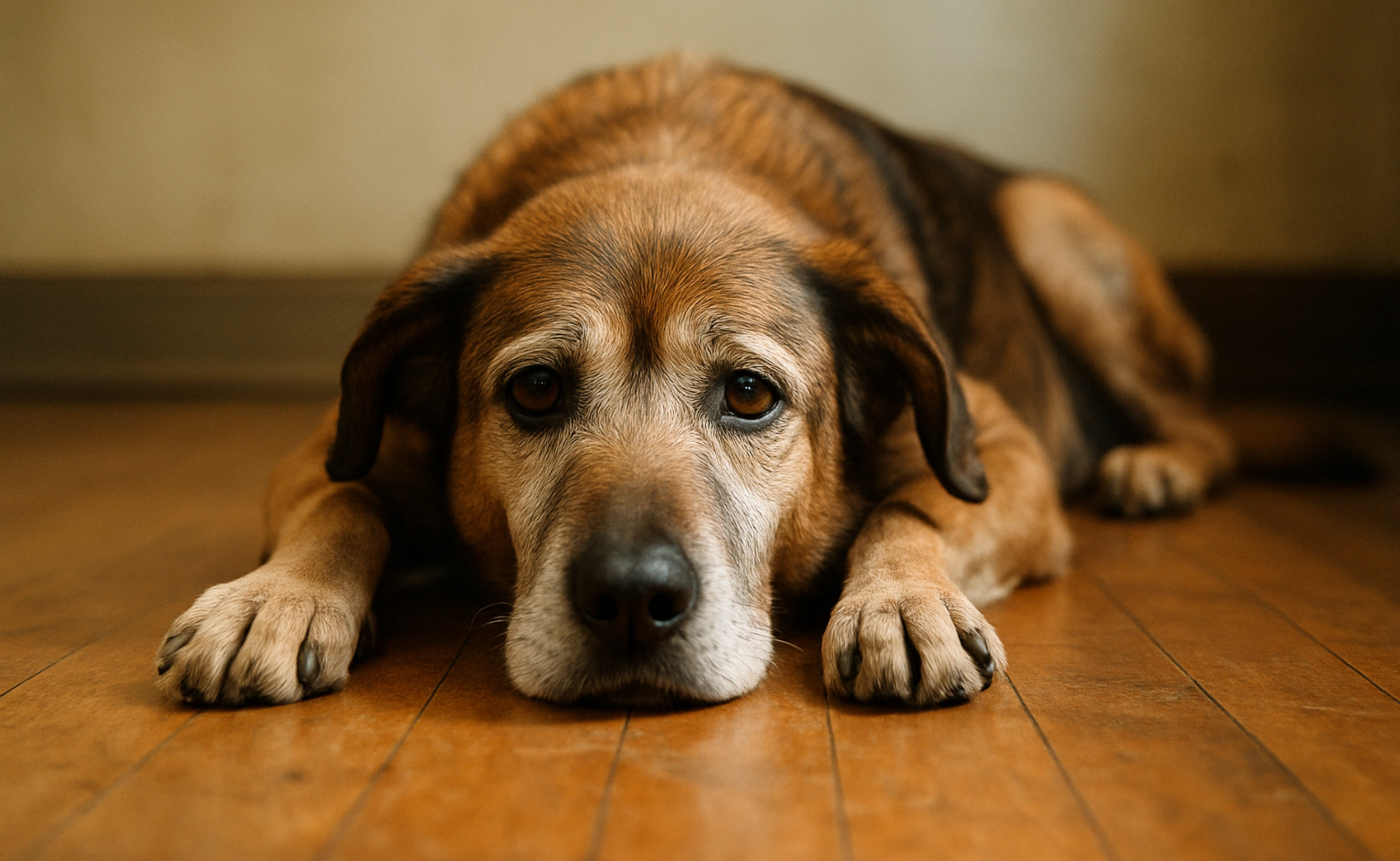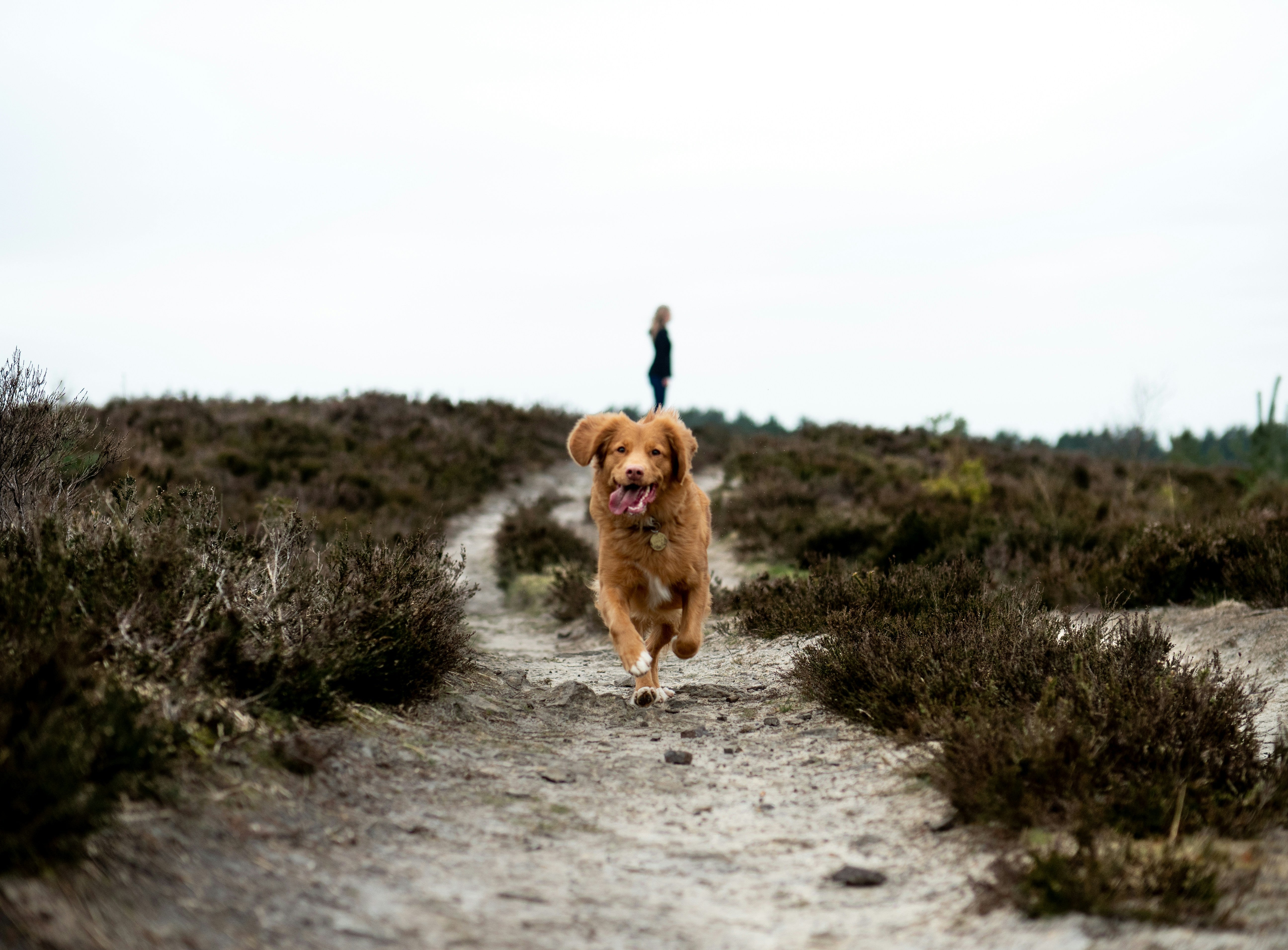
Roughhousing or More? Exploring Why Dogs Play Fight

For anyone who has ever observed two dogs engaging in what appears to be a spirited tussle, the sight can be both amusing and, at times, slightly concerning. From the rapid tail wags to the playful growls and seemingly aggressive body slams, dogs have their own unique way of communicating and interacting with their peers. At a glance, these interactions might be mistaken for genuine confrontations, but more often than not, they are merely examples of canine play fighting—a natural behavior that serves multiple purposes in a dog's life, from socialization to stress relief.
Understanding the nuances and reasons behind dogs' play fighting is crucial for pet owners, not just to differentiate between harmless play and potential aggression, but also to ensure the safety and well-being of all involved. What prompts this behavior? Are there specific signs to watch for that might indicate the play has crossed a boundary? And how can you, as an owner, facilitate healthy play between dogs while mitigating risks? This article ventures into the intricate world of canine play dynamics, providing insights and answers to these questions. If you're curious about the fine line between roughhousing and genuine confrontations in dogs, keep reading to gain a deeper understanding of their playful antics.
Benefits of Play Fighting

Play fighting, also known as mock battling, is a fundamental activity in a dog's world, and it offers a plethora of potential advantages that significantly contribute to their overall well-being and happiness.
Socialization:
Engaging in playful tussles is particularly crucial for young puppies, assisting immensely in their social growth and development. Through this playful interaction, they not only learn about setting and respecting boundaries but also gain insights into deciphering body language and understanding canine etiquette. As they grow, this form of behavior sharpens their skills, equipping them to interact positively and harmoniously with other dogs throughout their lifetime. Moreover, play fighting allows them to explore and familiarize themselves with their surroundings, potentially making them more adaptable, self-assured, and confident in diverse situations.
Physical Exercise:
Similar to humans who need consistent physical activity, dogs also require regular exercise to potentially maintain optimal health. Play fighting acts as a dynamic workout session, ensuring they remain physically engaged and active. This form of play is instrumental in muscle development, enhancing agility, and building stamina. The spontaneous movements, swift turns, and jumps might also aid in refining their reflexes and improving coordination.
Mental Stimulation:
Apart from the evident physical perks, play fighting serves as a mental workout for dogs. They are constantly strategizing their next moves, trying to predict their playmate's actions, and adjusting their reactions accordingly. Engaging in this kind of cognitive exercise is imperative to potentially keep their minds sharp, alert, and active. Such mental challenges not only enrich their daily experiences but also offer avenues for them to hone problem-solving skills.
Bonding:
Dogs frequently indulge in play fights with their cherished playmates, which could include other dogs, different animals, or even their human companions. This spirited activity is a means to solidify their bond and build mutual trust. It provides a shared, joyous activity that both participants relish, deepening their emotional connection. The repeated positive interactions through play serve to reinforce the ties and companionship between them.
Stress Relief:
Play, for many dogs, can be a potential stress-busting activity. Diving into this form of play might help alleviate any accumulated energy or anxiety, possibly leading to a more relaxed and content demeanor. Just as a child finds solace and joy playing on a swing, dogs can momentarily set aside their concerns and immerse themselves in the sheer pleasure of the moment. Furthermore, this playful escapade acts as a natural outlet for them to express themselves, ensuring a balanced emotional state.
Jump into the world of clean, fresh fur our Deep Clean Dog Shampoo. After a hearty play-fight session, ensure your dog emerges with a gleaming coat and invigorating scent of grapefruit and sandalwood.
Spotting the Signs: Play vs. Aggression

Distinguishing between playful antics and genuine aggression can occasionally pose challenges, especially for those unfamiliar with canine behavior. Recognizing the distinct signs is paramount for ensuring a safe environment.
Playful Indicators:
- Play bows: This is when the dog stretches its front legs out in front, lowering its head while keeping its rear end up.
- Relaxed body language: Even if they're moving quickly, their movements will appear loose and fluid.
- Taking turns: In a play fight, dogs will often switch roles, with one being the chaser and then swapping.
- Breaks: Dogs will often pause in their play, even if just for a moment, before diving back into the action.
Aggression Indicators:
- Snarling with teeth: While some teeth-showing can be playful, when accompanied by a deep snarl, it's a sign of aggression.
- Body stiffness: Unlike the relaxed movements of play, an aggressive dog's body will become rigid.
- Fixed gaze: An unblinking, direct stare at the other dog can be a sign of an impending aggressive move.
- No role change: If one dog is continually the aggressor without switching roles, it's time to be cautious.
Give your playful pooch the post-roughhousing pampering they deserve with Paw's Deep Clean Pet Shampoo. Infused with honey extract and kaolin clay, every wash not only rids them of the dirt and grime but also shields their coat from environmental stress.
Ensuring Safe Play
Assuming the role of a vigilant dog owner is indispensable in ensuring that your furry friend's play sessions remain positive and devoid of harm. It's essential to closely monitor their interactions, particularly when they're with unfamiliar playmates. Investing time to comprehend your dog's behavioral patterns and nurturing trust will ensure they promptly respond to your calls or directives if play teeters on the brink of aggression. Introducing toys can also serve as a medium to divert their playful energies into non-hostile pursuits. With diligent supervision and proper guidance, play fighting can metamorphose into a joyous and beneficial activity for dogs, potentially promoting their physical vitality, mental health, and fostering lasting social relationships.
Related Link: Why Does Your Dog Love Walking Between Your Legs?
Share this article
written by


